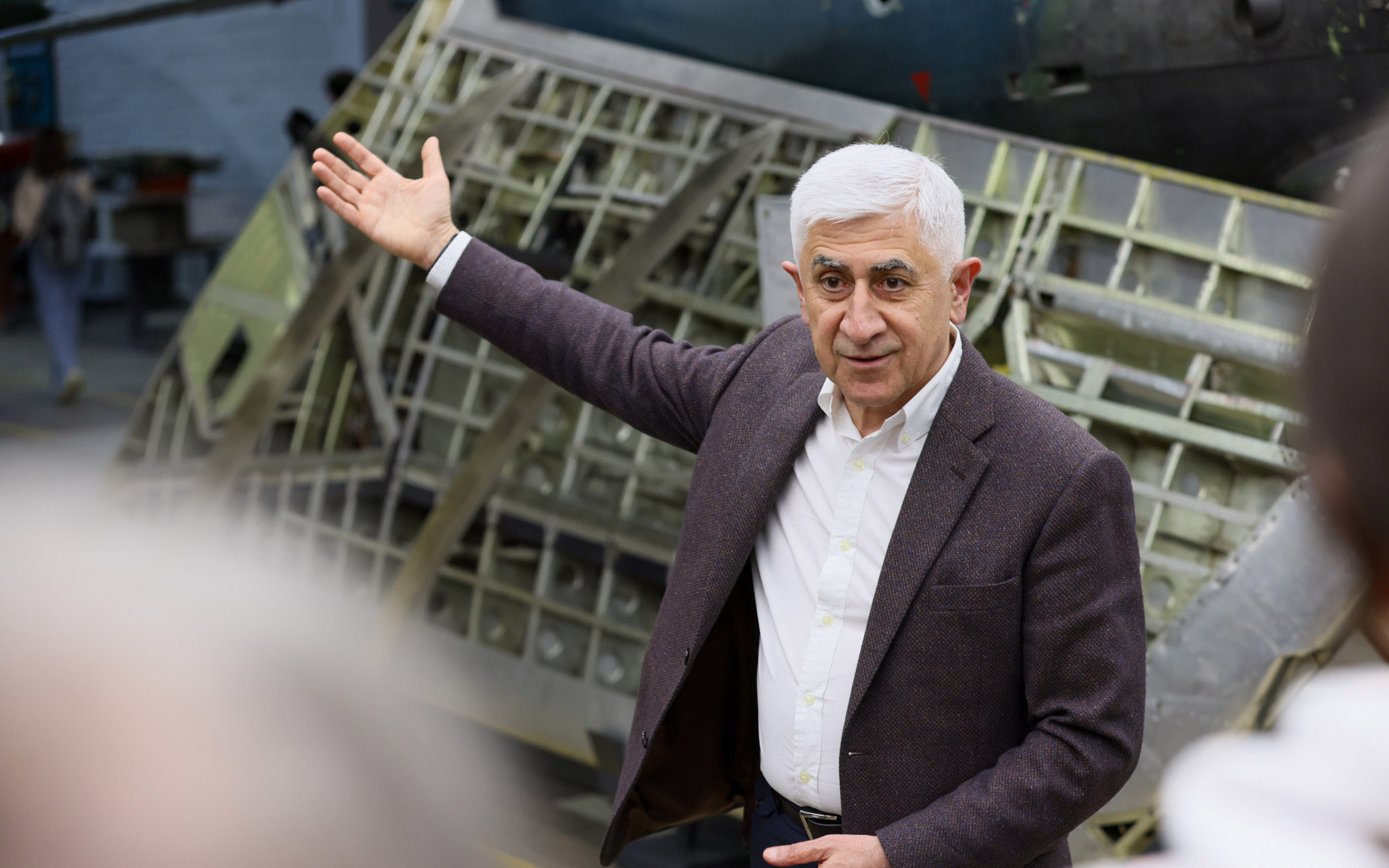The model of the second generation supersonic aircraft might appear by 2040 – Mikhail Pogosyan

Russia has all the necessary resources and skills to create a second-generation supersonic commercial aircraft. Experts say that it might be created as early as in 2040. Communication with experts took place at the site of the Moscow Aviation Institute, the member of the “Supersonic” world-class science center (WCRC), as part of the Decade of Science and Technology and the implementation of the national project Science and Universities.
“Supersonic” world-class science center (WCRC) is a consortium of scientific and educational organizations, initiated and coordinated by the Central Aerohydrodynamic Institute named after Professor N.E. Zhukovsky. The project is being implemented with the financial support of the Ministry of Science and Higher Education of the Russian Federation. The main task that was set to Russian engineers and scientists is to achieve qualitatively new flight performance, environmental and acoustic performance of a new generation supersonic commercial aircraft via solving fundamental scientific and technical problems of supersonic flight, and ensuring Russia's competitiveness at the world-class level in this area of studies.
As Mikhail Pogosyan, Rector of Moscow Aviation Institute, said, the first model of a new supersonic commercial aircraft might appear between 2035 and 2040. He stated that technologically there are all the possibilities to create such a machine, but it’s up to the market to decide “to be or not to be”.
– If we are talking about business aviation, then the demand is approximately 600 aircraft. Such breakthrough projects appear against the background of the rapid development of the economy. Here, the restrictions are not related to technology. The most critical parts are: the power plant, the economy of the flight and fuel consumption, he explained.
He also noted that the Supersonic project is aimed at the development of the fundamental principles of a new generation supersonic aircraft. For example, the flight of Concorde at supersonic speed was prohibited over land because of the sonic boom. There are also acute environmental issues related to engine emissions.
– Efficiency is the key problem of second-generation supersonic aircraft. A large team has been created as part of WCRC, quite a lot of projects are being implemented now, and MAI participates actively, Mikhail Pogosyan added.
Russia has all the necessary competencies and accumulated experience to create commercial supersonic aircraft. This opinion was expressed by Viktor Gorbachev, Director General of the Airport Civil Aviation Association, member of the Public Council under the Federal Air Transport Agency. He said that the first passengers of such airplanes will be private individuals, after which the technology is to be scaled to airlines.
– More than 50 years ago Tu-144 was created, it performed its maiden flight in 1968. It was the first supersonic commercial aircraft in the world. By now the technologies have developed even more – we have new materials, new schemes are being developed, new engines are being designed. It is clear that the appearance of a full-fledged supersonic commercial aircraft in the upcoming years is just a matter of time. First, the technology, in my opinion, will be tested on those for whom “time is money.” It will be the private and government sectors, for which it is most important to get to the right point in a short time, he said.
Oleg Panteleev, the leading expert of the Research Institute for the Economy of the Aviation Industry, also is optimistic about the creation of a supersonic aircraft.
Now Russian engineers and designers have all the necessary resources, opportunities and funding to create cost-effective models of such an airplane. It is necessary to solve the problem of aircraft technical support and calculate the cost of one flight hour per passenger correctly. I think that the technology will first be applied at VIP segment for business and government carriers. Because ordinary passengers will not be able to afford such flights “at launch”. Already in the future, when the cost of production and maintenance will decrease, supersonic flights will be available to everyone at an affordable price, he noted.